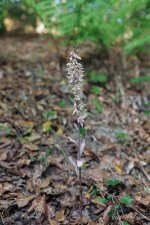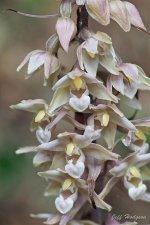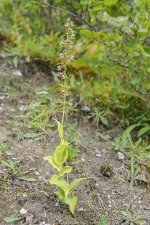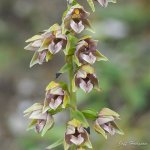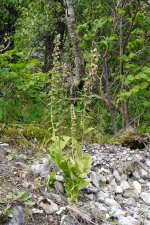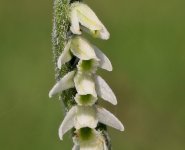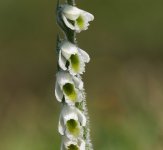Violet Helleborine
Thanks to a tip off from Muba I knew this variant of Violet helleborine was growing in the colony at Coalbrookdale and thanks to his excellent directions I managed to find it growing on a precipitous slope in the depths of the beech woodland. This variant lacks chlorophyll and but is able to flower and fruit successfully and must depend entirely on its fungal partner for nutrition. This is not the pinkest plant I’ve seen posted but nevertheless I was pleased to see it as it was the first of this variety I’ve seen.
Jeff Hodgson
Thanks to a tip off from Muba I knew this variant of Violet helleborine was growing in the colony at Coalbrookdale and thanks to his excellent directions I managed to find it growing on a precipitous slope in the depths of the beech woodland. This variant lacks chlorophyll and but is able to flower and fruit successfully and must depend entirely on its fungal partner for nutrition. This is not the pinkest plant I’ve seen posted but nevertheless I was pleased to see it as it was the first of this variety I’ve seen.
Jeff Hodgson




